How to Choose a Security Camera for Your Home?
In today's world, security is one of the major concerns for homeowners. Installing a security camera in your home is an effective way to protect your property and loved ones. However, with so many different types and models of security cameras available in the market, choosing the right one can be overwhelming. In this blog post, we will discuss some important factors to consider when choosing a security camera for your home.
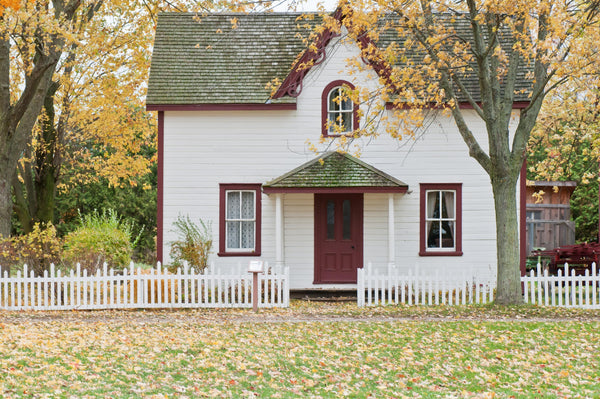
You can choose the security camera you need according to the following characteristics:
- 🏡Indoor or Outdoor Camera
The first and foremost thing to consider when choosing a security camera is whether you need an indoor or outdoor camera. Indoor security cameras are designed to be used inside the home, while outdoor security cameras are designed to withstand the elements and protect your property from the outside.
- 🌃24/7 Recording or Event Recording Camera
A 24/7 recording security camera is an all-day monitoring device that can continuously record the surrounding images, no matter whether it is day or night. Such cameras are usually installed in areas that need to be monitored for a long time, such as shops, offices, or parking lots. It will continuously record videos or pictures and save them in an SD card or cloud storage for retrieval and viewing at any time.
An event-recording security camera is mainly used to monitor specific scenes or events, such as access control, intrusion detection, etc. When an event occurs, the camera will immediately record video or pictures and send an alarm to notify the surveillance personnel. Such cameras are often integrated with security systems for more precise incident detection and response. Compared to 24-hour recording cameras, data from event recording cameras is usually stored for a shorter period of time in order to be efficiently processed and managed.
In general, both 24/7 recording security cameras and event recording security cameras are important devices in the field of security monitoring, but their function and application scenarios are different. Which camera to choose depends on the specific monitoring needs and application scenarios.
>>> 24/7 recording & event recording
- 📸Appearance & Size
Generally, the home security camera is installed on the wardrobe, the corner of the roof, the door, or other positions that we think are suitable. Then we need to consider its size and whether it can be installed in a concealed way and not easy to be discovered. It can not only play a monitoring role but also does not affect the daily life of the family.
You can choose a camera that matches your home's exterior or interior decor to better blend in with the environment. Choose the right camera size according to the area of your home to maintain the harmony and unity of the home decoration style.
- 📌Installation
The installation process should be simple and easy to follow, with clear steps that can be accomplished by flipping and placing components. It should be a DIY project that does not require the assistance of a professional or any additional accessories that might complicate things for users.
For this reason, it's important to choose a camera with a simple design and straightforward operation, so that users can set it up quickly and start using it right away.
- 🛸Wireless or Wired Security Camera
The wireless security camera can avoid cumbersome wiring, and plug in the power cord to work. Home decoration is like a whole. Using a wireless connection can avoid destructive actions such as wiring and even wall drilling.
The wired security cameras need to reserve a charging socket and installation location for the camera, so you don’t need to worry about charging the battery, which makes you more worry-free.
Whether to choose a wired camera or a wireless camera depends on your actual needs and usage scenarios. If you want to keep a longer working time and standby time, a wired camera may be better; if you need greater flexibility and mobility, a wireless camera may be more suitable for you.
- 📶WIFI Connection
There are two ways of network connection for home security cameras, one is through a wired connection (such as Ethernet or Power over Ethernet), and the other is through a wireless connection (such as Wi-Fi). If you already have a fixed network line in your home, a wired connection may be more stable; if you need to flexibly place your cameras, a wireless connection may be more convenient.
The stability of the network connection is one of the important factors that affect the use effect of the home security camera. When choosing a home security camera, you need to consider the quality of the camera's network connection and whether it will be compatible with home network devices such as routers. In addition, factors such as the distance between the camera and the router and obstacles on the network connection also need to be considered.
- 💬Alarm Notification
Home security cameras usually provide a message notification function so that users can be informed of activities within the surveillance range in a timely manner. When a surveillance camera detects activity, it can send a notification to the users.
Choose a security camera with a remote alarm function, such as when you are traveling and there is no one at home. Surveillance cameras are often paired with a smartphone app through which users can receive alert notifications, when the security camera detects activity, the app will send a push notification to the user, and the user can view the activity captured by the camera directly in the notification.
In this way, you can receive the newest information as soon as possible and reduce losses.
- 🛸PTZ Control
The PTZ function of a home surveillance camera refers to its ability to perform pan, tilt, and zoom operations. The gimbal function allows the camera to rotate horizontally in order to cover a wider area. The tilt function allows the camera to rotate vertically to adjust the shooting angle. The zoom function allows the camera to zoom in or out while taking a shot.
With these PTZ functions, the home surveillance camera can achieve wider and finer surveillance coverage, and users can operate it through remote control, making it easier to monitor the safety it through remote control, making it easier to monitor the safety of the home.
Because the angle of the ordinary camera is fixed, there will be a dead angle for monitoring, and it can only monitor the fixed area.
The camera with the gimbal function can rotate 355° horizontally and rotate about 150° up and down, which basically achieves full coverage of the angle. At the same time, the camera with the gimbal function generally has a tracking function, which can follow the movement of the object, and the camera will also rotate with the object.
- 💾Cloud Storage & Micro SD Card Storage
Home surveillance cameras can use cloud storage and Micro SD card storage to save recorded videos and images.
Cloud storage is uploading recorded videos and images to a remote server on the Internet for storage. It has the advantage of high security, high convenience, large capacity, and automatic data backup
Micro SD card storage is to store the recorded video and images on the SD card. This storage method has fast read and write speed, easy installation, high stability, and can effectively protect user privacy.
It should be noted that cloud storage requires users to pay additional storage fees, while SD card storage requires users to purchase SD cards by themselves. At the same time, the user also needs to regularly clean up the recorded data on the SD card, otherwise, the capacity of the SD card may be insufficient. Therefore, when choosing a storage method, users need to make a choice according to their needs and budget.
>>> Micro SD Card
- ✨Infrared Light
Surveillance cameras should have good night vision and be able to capture images clearly in low-light environments. The full-color night vision camera can provide color video images at night, which can play a better role in monitoring at night.
Some home surveillance cameras are equipped with spotlights and floodlights, which can adjust the brightness and angle of the lights according to actual needs to ensure the integrity and clarity of the surveillance range.
>>> Floodlight Security Camera
In conclusion, choosing a security camera for your home requires careful consideration of several factors, including indoor or outdoor use, image quality, the field of view, night vision, motion detection, recording storage, connectivity, and brand reputation. By considering these factors, you can choose a security camera that meets your specific needs and provides the necessary protection for your home and loved ones.
All About Your Security.
🛍️Shop Now
"If you liked this blog, you'll love the rest of our site! Follow along so you don't miss a great post!"


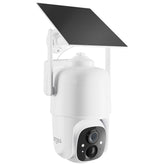

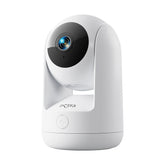




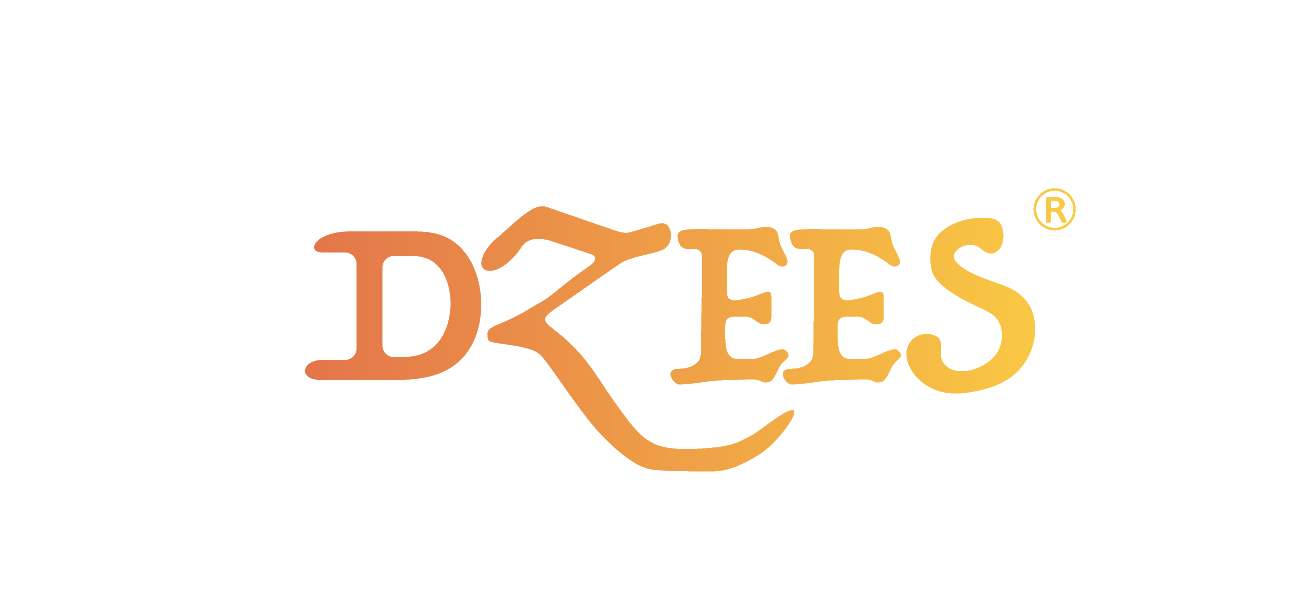
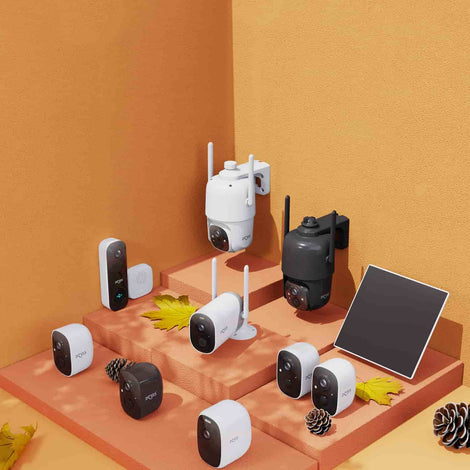
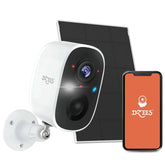

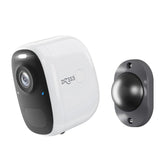

1 comment
Leave a comment
All blog comments are checked prior to publishing